Integrating nanomaterial with light-absorbing molecule powers hydrogen production from water and sunlight
Green Car Congress
JUNE 9, 2020
Scientists at Tokyo Institute of Technology (Tokyo Tech) have developed a hybrid material constructed from a metal oxide nanosheet and a light-absorbing molecule for splitting water molecules (H 2 O) to obtain hydrogen (H 2 ) under sunlight. Copyright 2020, American Chemical Society. Credit: Tokyo Tech. Adopted with permission.

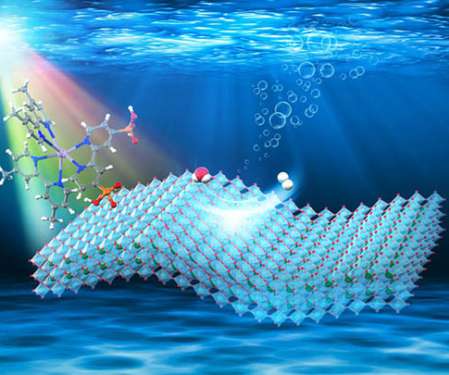

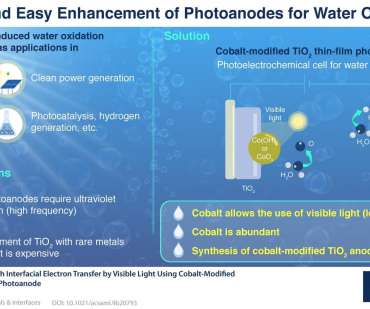


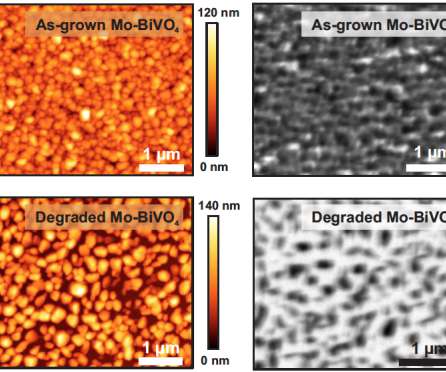








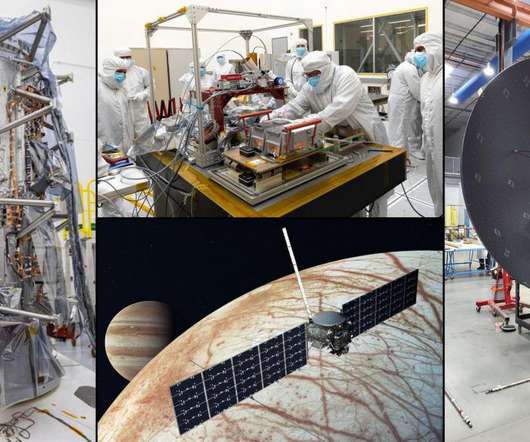













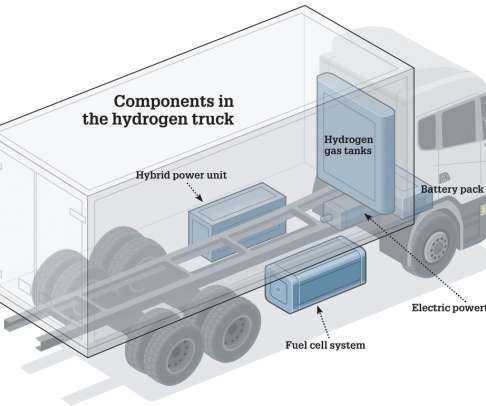






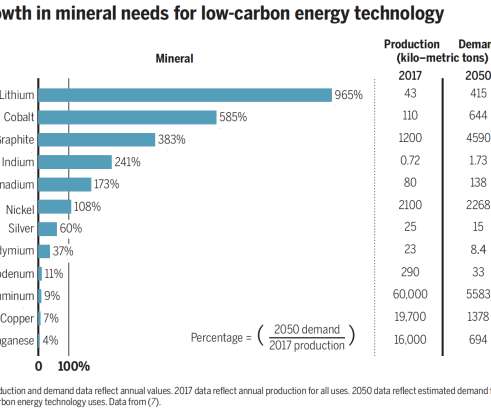








Let's personalize your content